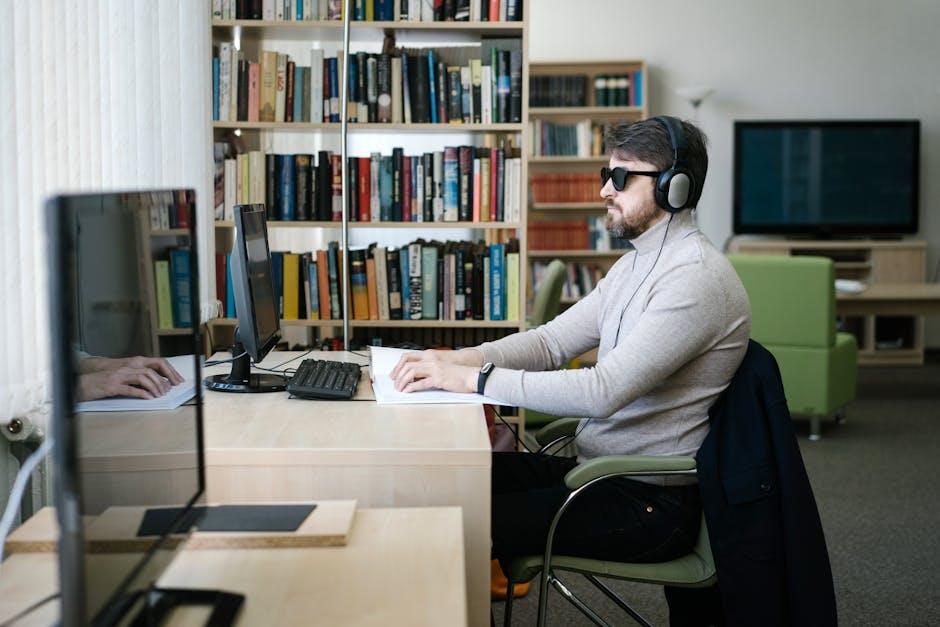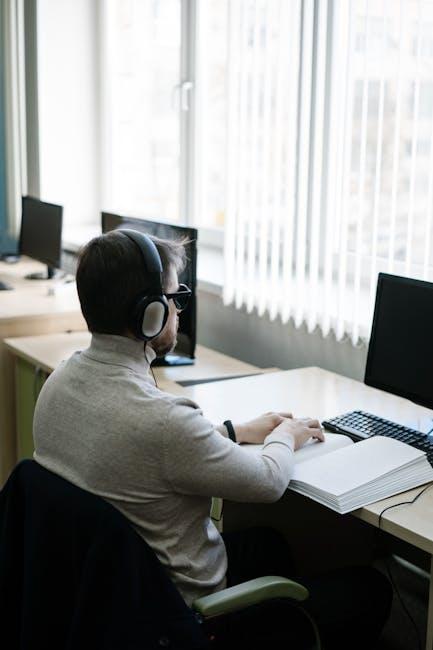In the digital age, seamless streaming has become an essential aspect of our entertainment experience. However, encountering audio sync issues can quickly disrupt the enjoyment, whether you’re watching your favorite movie on a smart TV, streaming a live concert on your tablet, or catching up on a podcast via your smartphone. These audio-video synchronization problems can arise from various sources, ranging from network connectivity issues to device-specific settings. This article aims to guide you through practical solutions for fixing audio sync issues across any device, ensuring that your streaming experience remains uninterrupted and enjoyable. By understanding the potential causes and implementing the right adjustments, you can restore harmony between audio and visual elements, enhancing your viewing or listening experience.
Identifying Common Causes of Audio Sync Problems
Understanding the root of audio sync issues can be crucial in resolving them effectively. Several factors might be at play, ranging from technical glitches to simple oversight. Here are some of the most common causes:
- Network Instability: Fluctuations in internet speed can lead to audio lagging behind or racing ahead of the video. This is particularly common when streaming over Wi-Fi connections that experience frequent drops in signal strength.
- Device Performance: Overburdened CPUs or GPUs can struggle to process audio and video streams simultaneously, resulting in desynchronization. Older devices are particularly prone to this issue.
- Software Bugs: Outdated or buggy streaming applications can introduce sync problems. Regular updates are crucial to keep software running smoothly.
- Incorrect Settings: Misconfigured audio settings within your device or streaming app can lead to sync issues. It’s important to ensure that your audio output settings match your device’s capabilities.
- Codec Incompatibility: Using unsupported or mismatched codecs for audio and video can lead to sync issues. Ensuring that both streams use compatible codecs can prevent this problem.
By identifying these potential causes, you can take targeted actions to resolve audio sync issues and enhance your streaming experience.
Adjusting Device Settings for Optimal Audio Synchronization
When tackling audio sync issues, it’s crucial to dive into your device settings to ensure everything is harmonized. Start by accessing the audio settings on your device. Look for options such as audio delay or lip sync. These settings allow you to fine-tune the synchronization between audio and video. Adjust the slider incrementally and test the results to achieve perfect alignment.
Additionally, explore the following settings to enhance synchronization:
- Refresh Rate: Ensure your device’s refresh rate matches your display’s capabilities to prevent any lag.
- Audio Output Mode: Switching between stereo and surround sound can sometimes rectify sync issues.
- Update Software: Regularly update your device’s firmware to benefit from fixes related to audio-video sync.
By methodically adjusting these settings, you can significantly reduce or eliminate the lag, ensuring a seamless streaming experience.

Utilizing Streaming Platform Features to Correct Sync Issues
Most modern streaming platforms come equipped with a variety of features that can help resolve audio sync issues. First, check the platform’s settings for any audio or video adjustment options. Some platforms offer tools to delay or advance audio, which can be particularly useful if the sync issue is persistent across multiple devices. Additionally, look for a “reset” or “default” option that might help recalibrate the stream’s settings back to their original configuration.
- Subtitles and Audio Descriptions: Enabling these features can sometimes force the platform to re-sync the audio and video streams, inadvertently correcting any lag.
- Playback Speed Adjustments: Temporarily altering the playback speed and then reverting to normal can help the system auto-correct any discrepancies.
- Device Sync Features: Some platforms allow syncing across multiple devices, which can be leveraged to reset any inconsistencies by starting the stream on a different device and then switching back.
By taking advantage of these built-in tools, you can often resolve audio sync issues without needing to dive into more technical solutions.

Exploring Advanced Solutions for Persistent Audio Lag
Addressing audio lag during streaming requires a deep dive into advanced solutions that go beyond basic troubleshooting. One effective method is to adjust the audio delay settings directly on your device or streaming application. Many modern streaming platforms and devices provide an option to sync audio and video manually. Check your settings menu for audio delay or sync options, and try adjusting these to see if it resolves the issue.
Additionally, consider the following advanced solutions to mitigate persistent lag:
- Network Optimization: Ensure your network is optimized for streaming. This might involve upgrading your router, using a wired connection instead of Wi-Fi, or prioritizing streaming traffic on your network settings.
- Device Firmware Update: Keeping your device’s firmware up-to-date can fix known bugs that cause audio lag. Regularly check for and install any updates available for your device.
- Audio Codec Configuration: Some devices allow you to change the audio codec settings. Experiment with different codecs to see if a change improves synchronization.
Implementing these advanced techniques can significantly enhance your streaming experience, ensuring that your audio and video remain perfectly in sync.
In Conclusion
addressing audio sync issues when streaming on any device can significantly enhance your viewing experience. By following the steps outlined in this guide—such as checking your internet connection, adjusting audio delay settings, updating your software, and ensuring your devices are properly configured—you can effectively troubleshoot and resolve most synchronization problems. Remember that each device and streaming service may have its unique quirks, so don’t hesitate to consult specific user manuals or support forums for additional guidance. With a bit of patience and persistence, you can enjoy seamless audio and video playback, ensuring that your streaming sessions are as enjoyable as possible.







































